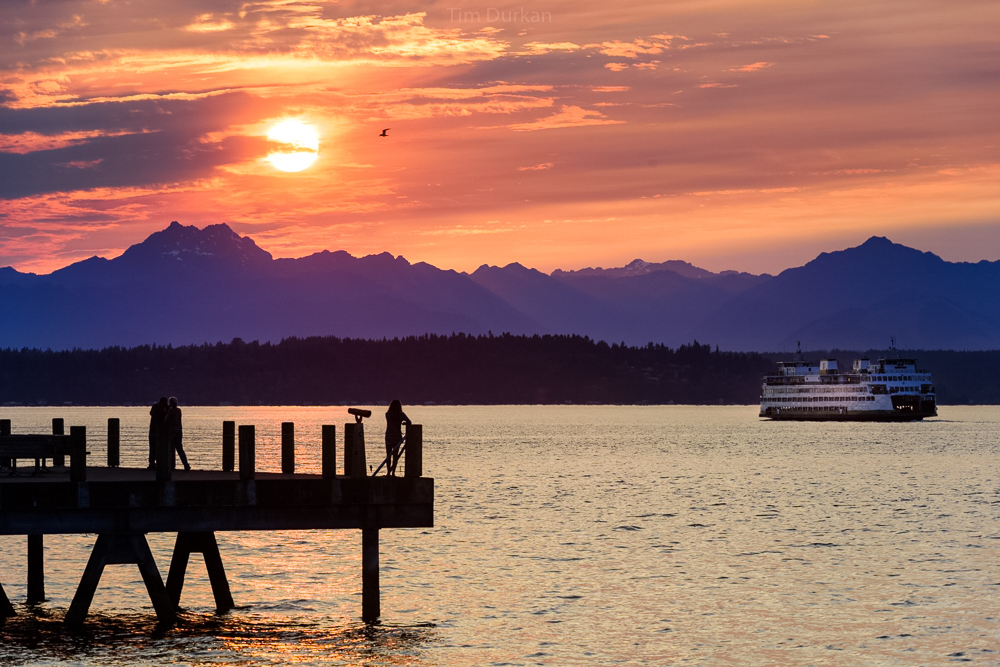
Preferred Route ✔
For 20 years, we’ve been working to complete the Burke-Gilman Trail through the Ballard neighborhood. After many years of planning, stakeholder conversations, and environmental review, the project team identified a preferred route for the trail in May 2017 and began the design process to complete the Missing Link.
Community Engagement ✔
Through our community engagement efforts during the design phase, the Burke-Gilman Trail Missing Link Project has evolved from a multi-use trail into a full multi-modal corridor that will be safe for and accommodate all users for generations to come. The project team has engaged stakeholders and community members in the Ballard community through in-person and online public events, meetings with individual property and business owners, and briefings with community organizations and groups. These conversations have provided an opportunity for the public and neighbors to express their ideas, questions, and concerns and offer the project team key insights on features to include in the Missing Link corridor design.
In addition to broader public outreach, the project team also convened a Design Advisory Committee (DAC), including representatives from the cycling community, adjacent industrial and maritime businesses, local residents, and trail advocates, to provide ongoing input on the Missing Link design. The DAC meets regularly throughout the project’s design phase and has been a vital forum for the project team and community representatives to share information and feedback to improve the corridor design and balance the safety and mobility needs of all users.
Final EIS ✔

A project team member and a member of the public discuss the design of the Missing Link at a public event.
In January 2018, the City of Seattle’s Hearing Examiner released a decision on an appeal of the project’s Final Environmental Impact Statement (FEIS). The Hearing Examiner’s decision concludes that the level of environmental analysis under the FEIS satisfies the requirements of the State Environmental Policy Act. Further, the Hearing Examiner states that the weight of the evidence presented by the City supports our determination that the Preferred Alternative will improve safety for non-motorized users over existing conditions along the Shilshole corridor. With this decision, the design team expects to continue the corridor design and share the final design with the community this spring.
A Big Thanks!
Thanks to the participation and dedication of DAC members, along with community neighbors and trail users, the design team expects to complete final design in the coming months.
If you’d like to learn more about the environmental review process, hearing examiner’s decision, current design and next steps, please visit the project website.
